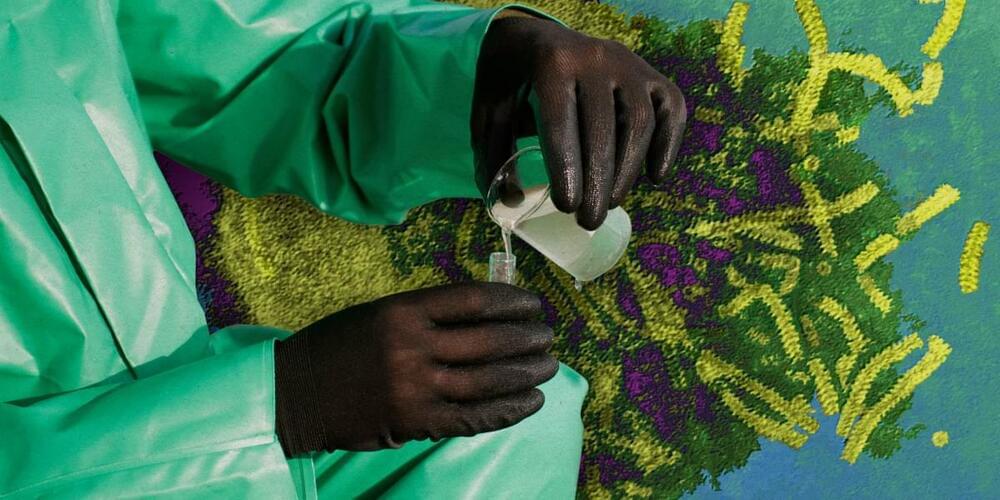Dr. David Sinclair’s groundbreaking research indicates a pill capable of reversing aging at a cellular level is possible and that even a high school student…
Get the latest international news and world events from around the world.
How Will An AGING CURE Impact The Environment?
Mainly this is about vertical farming.
In this eye-opening video, we explore the complex Environmental Impacts of an Aging Cure, delving into how extending Human Lifespan and pursuing Longevity could reshape our planet. We investigate the potential for increased Population Growth, the challenges of Sustainability, and the implications for Resource Consumption. Our analysis covers the Ecological Footprint of a world where aging is a thing of the past, addressing both the ethical dilemmas and the potential for Biomedical Advances in Age-Related Research. As concerns about Overpopulation and the need for Renewable Resources come to the forefront, we examine Eco-friendly Technologies and their role in supporting an age-extended society. Join us in this critical discussion about the intersection of Environmental Ethics and the quest for Age Extension.
Don’t forget to subscribe for more thought-provoking content on the cutting-edge topics of our time. #AgingCure #EnvironmentalImpact #Sustainability.
Make a tax deductible Donation to support Longevity Advocacy and Research at:
LIKE WHAT WE DO?
Google’s Lumiere brings AI video closer to real than unreal
Five-second clips generated with Lumiere show how the AI tools can create video from a prompt with realistic motion.
Lumiere can edit videos or create whole new ones from a prompt.
People are worried that AI will take everyone’s jobs. We’ve been here before
In a 1938 article, MIT’s president argued that technical progress didn’t mean fewer jobs. He’s still right.


Shazam now lets you identify music in apps while wearing headphones
Shazam now lets you identify music while wearing headphones, the Apple-owned company announced this week. All you need to do is open the app, check for the headphone icon to confirm your headphones are connected and then start identifying music playing around you or within apps like TikTok and YouTube. The new update works with both wired and Bluetooth headphones.
Say you’re watching TikTok with headphones and come across a song you like in a video. You can open up the Shazam app, click to Shazam and then head back to TikTok. After a few seconds, the music will stop for a split second and then you can go back to the Shazam app to see the title and artist of the song.
Or, say you’re wearing headphones in a coffeeshop and want to know what song is playing in the café. You can now Shazam the song without having to remove your headphones.

Opera to launch new AI-powered browser for iOS in Europe following Apple’s DMA changes
Opera revealed today that it will launch a new AI-powered browser built on its own engine for iOS in Europe. The Norway-based company announced the change following the news that Apple is going to allow alternative browser engines to run on iOS as a result of the requirements of the European Digital Markets Act (DMA). The changes will allow developers to offer browsers that are not based on the WebKit browser engine.
Apple currently requires third-party browsers to use WebKit, which is the same browser engine that underpins its own Safari browser. In order to comply with the DMA, Apple will begin allowing developers to submit non-WebKit-based browsers, for both web browser apps and for developers offering in-app browsers for displaying web pages within their iOS apps.
Opera says the changes will allow it to provide iPhone users with an AI-powered alternative to Safari.


Viva la AI: IBM’s Generative AI to help pick players for Spanish soccer club
The AI program will let the club curate a list of potential recruits using simple language prompts and dig into more than 200,000 scout reports.
Scouting for football clubs is a multi-million dollar industry involving long-term contracts and high uncertainty. AI could help deliver better returns on investments.

Tesla confirms new Model 3 Performance configuration is coming
Tesla has confirmed a new Model 3 Performance configuration is coming, but the big questions of when it is and what changes it will have remain up in the air.
Early in 2024, Tesla removed the Performance configuration from the Model 3’s list of available trims. It was the most expensive of the three Model 3 offerings, but it still qualified for the EV Tax Credit.
With the rollout of the new Model 3 ‘Highland’ globally, Tesla has not yet finalized a Performance version of the vehicle. Currently, it only offers two variants: the Rear-Wheel-Drive and Long Range.